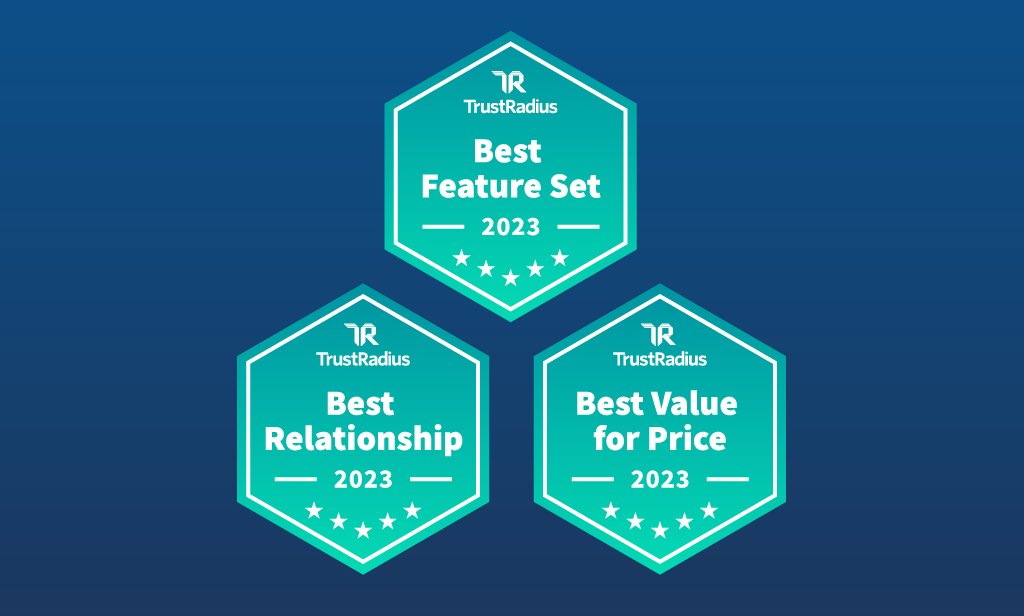Fund Accounting Solution, Nonprofit Accounting
Ready to Auld Lang Syne Your 2021 Finances? 5 Must-Have Elements for EOY Reports

Should auld financial figures be forgotten, and never brought to mind? Should auld financial figures be forgotten, and Auld Lang Syne? No! Financial reporting is not ‘times long past’ – your organization should always leverage and gather insight from each year’s financial statistics. When it comes time to create your end-of-year (EOY) reports, remember, these figures will serve as a roadmap to growth, funding, and mission delivery in the upcoming year.
Effectively closing the books—whether on a year-end or a fiscal year cycle—is important to both your internal accounting processes and external reporting to constituents. EOY fiscal statements need to be accurate to provide a clear picture of financial performance and provide transparency results to stakeholders. They should include metrics that demonstrate effectiveness. EOY reports will also be the foundation of your annual report, so ensuring they’re complete and accurate is key.
Here are 5 things you should do in conjunction with EOY reports:
1. Reconcile cash and balance sheet accounts
The key to your EOY fiscal report is to reconcile cash on hand and balance all accounts. Nonprofits must have adequate documentation for all affiliated accounts, proper depreciation, accrual schedules, and any other relevant fiscal information needed to uncover any potential accounting errors an accountant may have made. Organizations should also review funding commitments and contracts during this time to reconcile expenses reported and pay/collect any outstanding contract or agreement balances.
2. Perform a break-even analysis
An essential part of a nonprofit’s EOY reporting is a break-even analysis. This calculation weighs the costs of a service or product against the selling price to determine the point at which you will break even. In an organization’s EOY report, this analysis should look at each funding source, program, and department to determine financial performance. This analysis shows where resources are being generated and applied.
Break-even analysis results will vary by department. In some departments, income will tower above costs, whereas it will be the other way around in other departments. However, the break-even report provides a comprehensive and transparent view of how a nonprofit utilizes its resources.
3. Reconcile actuals to budget for grants and federal awards
Grants are essential for the health of nonprofits, but if they misallocate funding or fail to show that the budget went to its intended use, grantors will move on and potentially reallocate to another suitable organization. Organizations must show how they’re spending grant money and that they are spending all the money allocated for each year to remain on good terms with grantors and regulatory parties. Accurate schedules show that an organization is spending money at the proper cadence and are on pace to allocate future funds properly—a look-back analysis details how grant dollars connect directly to their designated or undesignated program activities.
4. Prepare a schedule for auditors
EOY reporting correlates with the beginning of auditing seasoning. Any organization can get ahead of a potential audit by preparing an auditor schedule. Creating an auditor schedule helps an organization ensure its numbers correspond to figures they report to stakeholders and grantors. This report needs to include documentation of the organization’s balances and income and needs verifiable data behind it.
5. Review previous reports for accuracy in your current report
Your EOY reporting needs all the figures necessary for your annual report. One of the easiest ways an organization can ensure it has all the statistics required is to look back at last year’s annual report and create a checklist of financial figures to avoid inadvertently missing anything. Organizations should resolve those issues if data is missing or incomplete before submitting a report to the board. Rely on the previous year’s financials for valuable benchmarking data to show growth to external stakeholders and occasionally grantors.
Even as you’re planning for 2022 and singing Aude Lang Syne to 2021, having accurate and transparent EOY reporting will enable new growth opportunities in the future.
Here is a short checklist to help ensure your end-of-year audit goes smoothly. Early planning throughout the year leads to less stress during an audit and oftentimes can make the audit process go more quickly.
And keep in mind, we’re here to help you celebrate your wins, reduce your manual workload and automate your processes! Reach out for a personalized demo to find out what we can do for your nonprofit.



